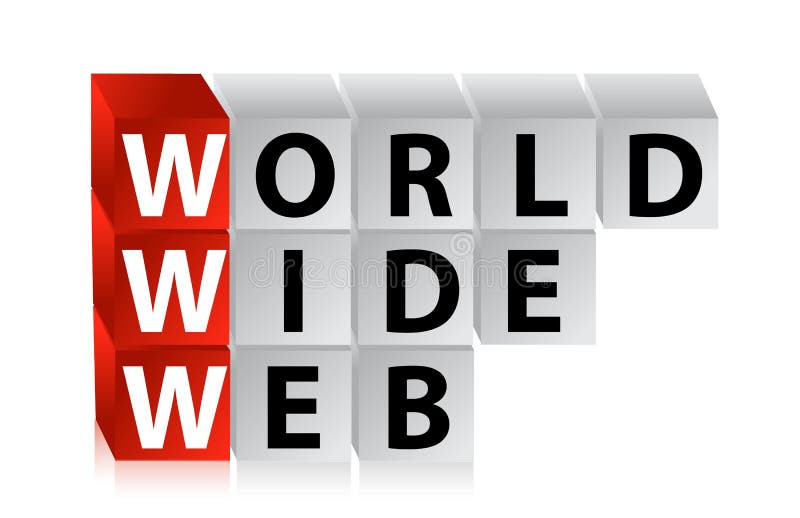
“You can take a word like the word ‘person’ and understand what we mean by ‘person,’ how we represent the word ‘person,’ by looking at the other words that we often use around the word ‘person,’” explains April Bailey, a postdoctoral researcher at N.Y.U., who conducted the study. For their analysis of the text-a total of more than 630 billion words-the researchers used word embeddings, a computational linguistic technique that assesses how similar two words are by looking for how often they appear together.

To conduct the study, the researchers turned to an enormous open-source data set of Web pages called the Common Crawl, which pulls text from everything from corporate white papers to Internet discussion forums. The cultural concept of a person, from this perspective, is more often a man than a woman, according to the study, which was published on April 1 in Science Advances. They found that male-related words overlapped with “person” more frequently than female words did. Psychologists at New York University analyzed text from nearly three billion Web pages and compared how often words for person (“individual,” “people,” and so on) were associated with terms for a man (“male,” “he”) or a woman (“female,” “she”). A massive linguistic analysis of more than half a trillion words concludes that we assign gender to words that, by their very definition, should be gender-neutral. Tremendous thanks and appreciation to all of you.What do you visualize when you read words such as “person,” “people” or “individual”? Chances are the image in your head is of a man, not a woman.

Since this dictionary went up, it has benefited from the suggestions of dozens of people I have never met, from around the world. The basic sources of this work are Weekley's "An Etymological Dictionary of Modern English," Klein's "A Comprehensive Etymological Dictionary of the English Language," "Oxford English Dictionary" (second edition), "Barnhart Dictionary of Etymology," Holthausen's "Etymologisches Wörterbuch der Englischen Sprache," and Kipfer and Chapman's "Dictionary of American Slang." A full list of print sources used in this compilation can be found here. This should be taken as approximate, especially before about 1700, since a word may have been used in conversation for hundreds of years before it turns up in a manuscript that has had the good fortune to survive the centuries. The dates beside a word indicate the earliest year for which there is a surviving written record of that word (in English, unless otherwise indicated).

Etymologies are not definitions they're explanations of what our words meant and how they sounded 600 or 2,000 years ago. This is a map of the wheel-ruts of modern English.


 0 kommentar(er)
0 kommentar(er)
